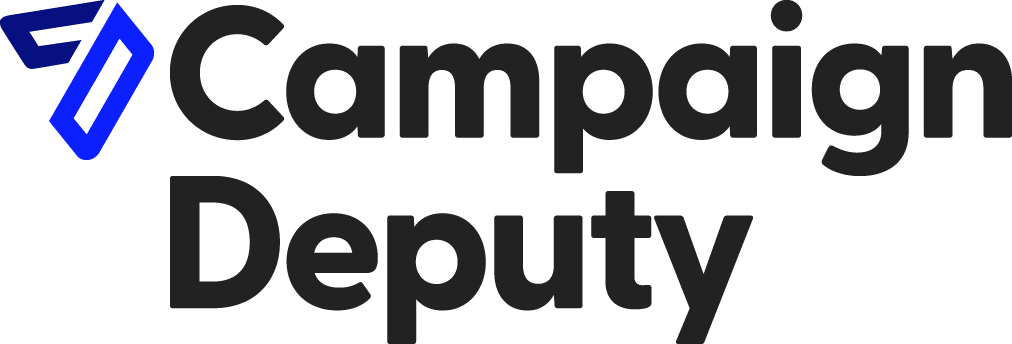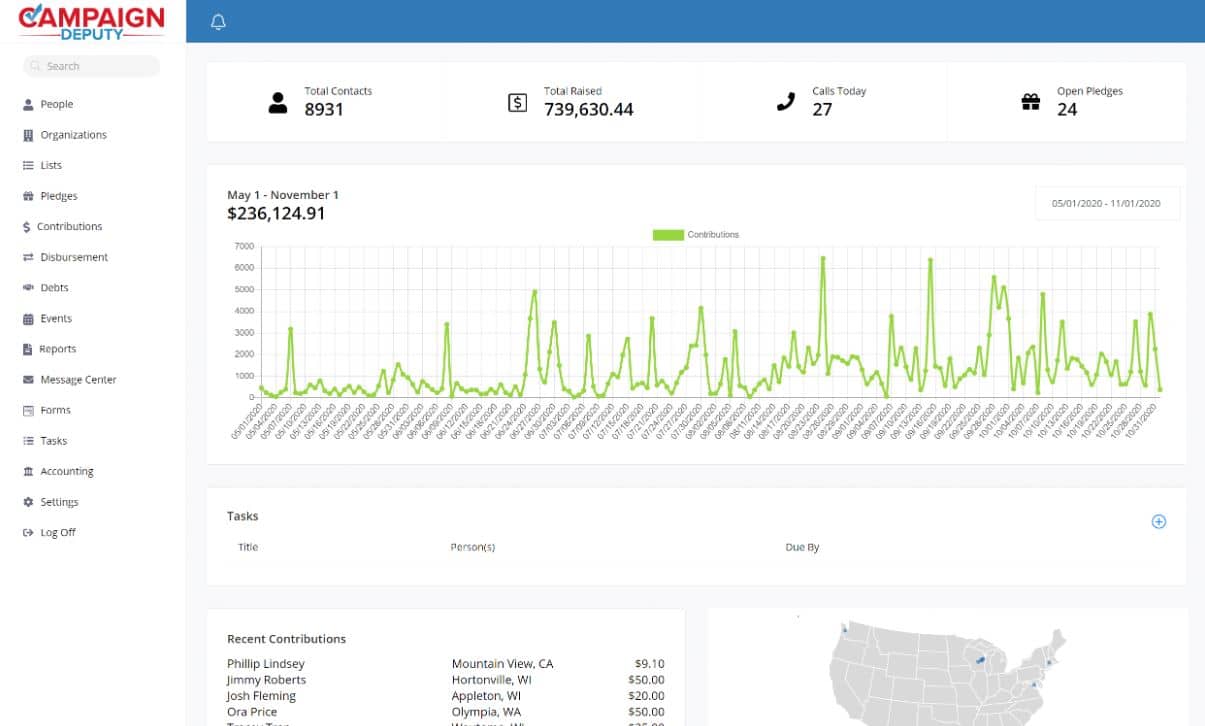Email Marketing 101 for Political Candidates
Est. reading time: 6 min. Harness the power of email marketing for your political campaign with these effective strategies. In the digital age, email marketing remains a crucial tool for political campaigns to reach, engage, and mobilize voters. Discover key best practices to craft compelling emails that cut through the noise, foster connections, and drive your campaign forward.












